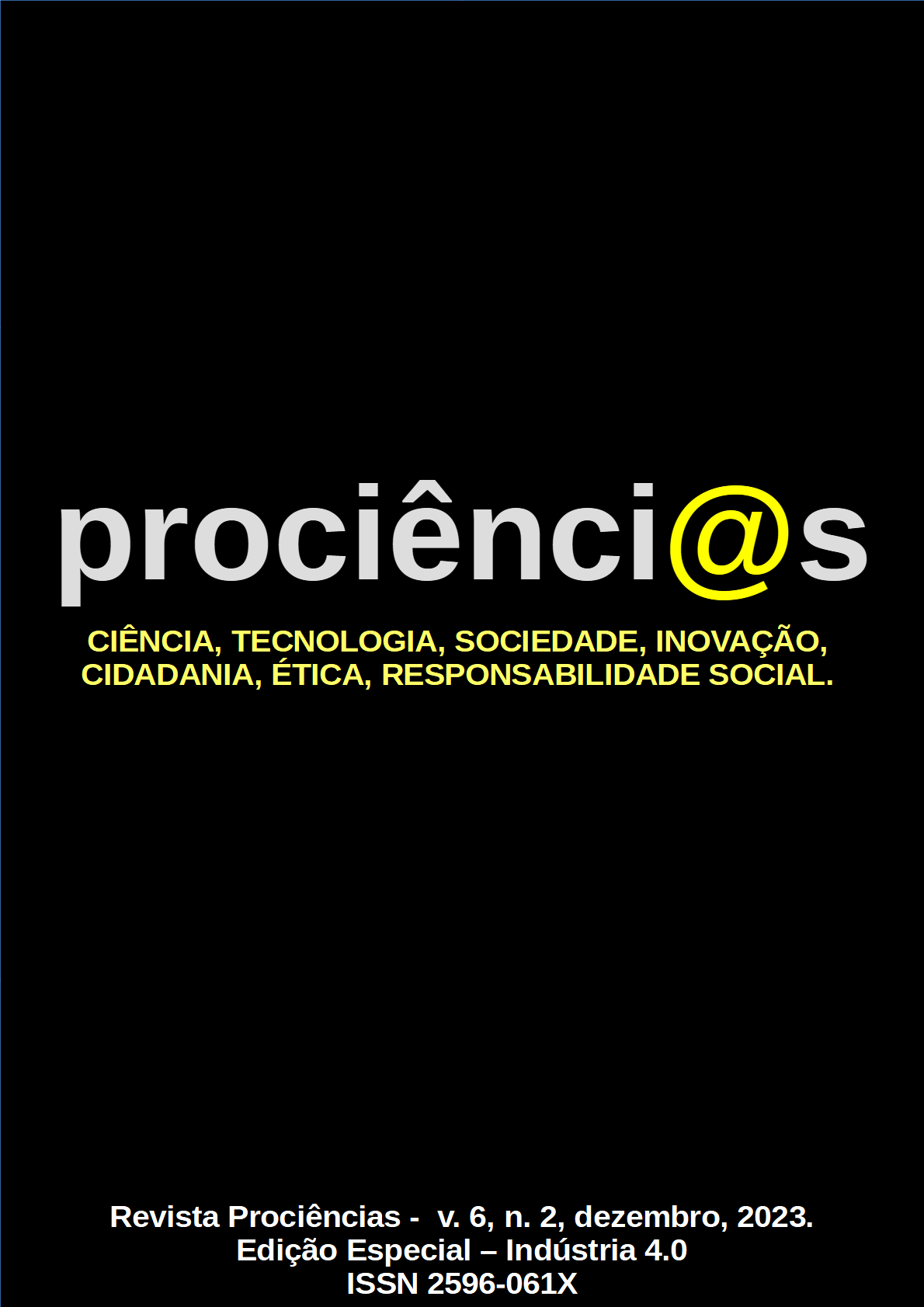DESENVOLVIMENTO DE PRÓTESE PARA AUSÊNCIA DE FALANGE MEDIANA
Resumo
A falta de um dos dedos da mão, seja por um trauma, doença ou uma anomalia congênita, causa deficiências funcionais e disfunções sociais para o paciente. A indústria hoje disponibiliza diversas opções de próteses, sendo algumas com caráter funcional devolvendo alguns movimentos dos membros perdidos e outras são de caráter estético. Porém, grande parte dessas próteses possuem um valor alto monetário, dificuldade de encontrar sua fabricação (que geralmente são importadas de países desenvolvidos), principalmente devido a sua grande complexidade, o que as torna não acessíveis para grande a maioria das pessoas. Além de valor elevado, existe ainda a falta de um modelo que seja simples e funcional, de maneira a atender quem precise de uma prótese individual para dedo ou membro. O objetivo deste trabalho foi o estudo de uma estrutura mecânica funcional que possibilite a partir de uma prótese confeccionada retomar movimentos restritos dos dedos, além de apresentar um baixo custo econômico. Para isto, foi realizada a pesquisa exploratória com análise qualitativa. O modelo foi desenvolvido através do processo de Impressão 3D e o material utilizado foi o PLA. O protótipo apresentou a flexão esperada, sendo os ângulos alcançados extremamente parecidos com os ângulos de flexão dos dedos humanos. Além disso, o modelo também proporcionou a capacidade de executar tarefas cotidianas, como por exemplo, digitação e pegada de objetos. Ainda, o protótipo funciona a partir do movimento do coto do paciente, apresentando uma mobilidade independente e conforto adequado.
Downloads
Referências
ARAÚJO R., TEIXEIRA P., REIS A., SILVA M.B., MARTINS P.A.F. Single point incremental forming of a medical implant. Key Engineering Materials. 2013; 554-557:1388-93.
BARBINTA AC; Chelariu R; Crimu CI; Istrate B; Nazarie S; Earar K; Munteanu C; Metallographic characterization of a new biomedical titanium-based alloy for orthopedic applications. Bulletin of the Transilvania University of Brasov. Series I: Engineering and Science. 2013; 6(55):83-8
BELTER, JOSEPH T.; Jacob L. Segil; Aaron M. Dollar, Richard F. Weir. Mechanical design and performance specifications of anthropomorphic prosthetic hands: A review. JRRD Volume 50, Number 5, 2013 Pages 599–618.
BONESMART. Knee replacement implant materials. San Jacinto: FARM; 2015.
BRYCE G. RUTTER, Revista Innovation, Spring 2015. P 19.
C. LEE VENTOLA. Medical Applications for 3D Printing: Current and Projected Uses. P T. 2014;39(10):704-11.
CHEN Y, et al. CaliBayes and BASIS: integrated tools for the calibration, simulation and storage of biological simulation models. Brief Bioinform 11(3):278-89. 2010.
DALEFFE, ANDERSON & SCHAEFFER, LIRIO & FRITZEN, DANIEL & CASTELAN, JOVANI. (2013). Analysis of the Incremental Forming of Titanium F67 Grade 2 Sheet. Key Engineering Materials. 554-557. 195-203. 10.4028.
EKSTEEN PD, Van der Merwe AF. Incremental sheet forming (ISF) in the manufacturing of titanium based plate implants in the bio-medical Sector. In: Proceedings of 42nd Computers and Industrial Engineering; 2012 Jul 15-18; Cape Town. New York: Curran Associates; 2012. p. 569-76.
FABI DW, LEVINE B.R. Porous Coatings on Metallic Implant Materials. ASM Handbook, Volume 23: Materials for Medical Devices. 2012:307–319.
GÉRRARD EDDY, Jai Poinern, Sridevi Brundavanam, Derek Fawcett. Biomedical Magnesium Alloys: A Review of Material Properties, Surface Modifications and Potential as a Biodegradable Orthopaedic Implant. American Journal of Biomedical Engineering p-ISSN: 2163-1050 e-ISSN: 2163-1077 2012; 2(6): 218-240.
IAN BIRRELL. 3D-Printed prosthetic limbs: the next revolution in medicine. 2017.
JACOB SCHWARTZ. How CNC Machining and 3D Printing Have Impacted Medical Devices and Prosthetics. 2015.
LEAL, NUNO. Desenvolvimento do processo de fabrico de próteses humana sem silicone para substituição de órgãos em tecidos moles. Faculdade de Engenharia da Universidade do Porto Fevereiro de 2011.
LUCENA, BRUNO. Amputação e próteses de Membros Superiores. Faculdade Maurício de Nassau, Campina Grande, 2015.
M. NAVARRO, A; Michiardi; O. Castaño and J. A. Planell. Biomaterials, Implants and Tissue Engineering, Institute for Bioengineering of Catalonia (IBEC). CIBER-BBN, 08028 Barcelona, Spain.
MATASSI F., CARULLI C., CIVININI R., INNOCENTI M. Cemented versus cementless fixation in total knee arthroplasty. Joints. 2014 Jan 8;1(3):121-5. eCollection 2013 Jul-Sep.
NOURI ALIREZA; Peter D. Hodgson; Cui’e Wen. Biomimetic Porous Titanium Scaffolds for Orthopedic and Dental Applications. Biomimetics Learning from Nature. 2010 ;21:415–450.
PAITAL, NARENDA (2009) - Sameer R. Paital, B. Narendra B. Dahotre. Calcium phosphate coatings for bio-implant applicatios: Materials, performance factors, and methodologies. Materials Science and Engineering R 66 (2009) 1-70.
SAKALKALE, DURGADAS P. et al.Total hip arthroplasty in patients on long-term renal dialysis. The Journal of Arthroplasty , Volume 14 , Issue 5 , 571 - 575
SCHULZ, R. C. Acrylamide polymers. In: ENCYCLOPEDIA ofpolymer science and engineering. New York: John Wiley,1985. v. 1, p. 169-211.
SELIM KÜSEFOĞLU. Carbon Fiber / Epoxy Composites: Ideal Materials for Orthopedic Prosthetics. 2018.
TORRES, MARCELO. Evolução das próteses mecânicas. Universidade Estadual Paulista, Guaratinguetá, 2010.
WEBSTER, JOHN G. Encyclopedia of Medical Devices and Instrumentation. Volume 1º, 2º edição. John Wiley & Sons, Inc. 2006.


